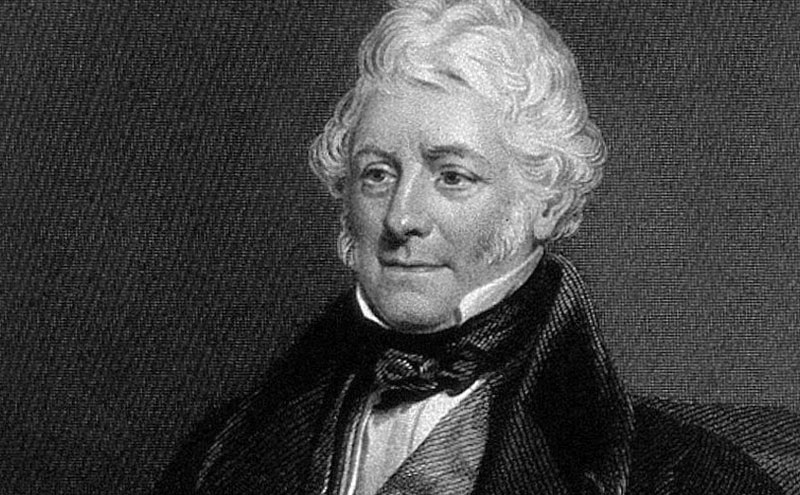Our McGrigor phase – Its history
Our McGrigor phase at Wellesley is progressing well with its first residents now living here. The zone is named after Sir James McGrigor, the Duke of Wellington’s Surgeon-General. McGrigor is credited with working to improve the conditions of military medical care for the Allies throughout the Peninsular War (1807-1814). The improvements he instigated during his time as Director-General had a lasting impact on the standard of military medicine in the British Army.
The development is on the site of the former McGrigor Barracks, which accommodated personnel of the Royal Army Medical Corps, and we are very proud that we have been able to preserve and restore the last original Victorian barrack blocks and convert them into housing.
Within the phase and you will see that all the apartment blocks are named after local Royal Army Medical Core soldiers who lost their lives in WW1:
- Betts – Quartermaster Serjeant Ambrose Betts, Royal Army Medical Corps. Died 31st December 1919. Age 39. Julia, his widow, lived at 62 Grosvenor Road in Aldershot. Ambrose is buried at Addolorata Cemetery in Malta.
- Bowen – Serjeant Walter Bowen, 1st Field Ambulance, Royal Army Medical Corps. Died 23rd July 1917 age 27. Walter’s widow, Dora, lived at 19 Station Road in Aldershot. He is buried at Coxyde Military Cemetery.
- Chappell- Corporal George James Chappell, No. 1 Coy. Royal Army Medical Corps. Died 29th January 1921. George’s widow lived at 69 Gordon Road in Aldershot. He is buried in Aldershot Military Cemetery.
- Cooper – Private Arthur James Cooper, 107th Field Ambulance, Royal Army Medical Corps. Died 22nd October 1917 age 22. Arthur had been born in Aldershot and his parents, James and Emily, lived at 1 Havelock Villas, Coleman Road in Aldershot. Arthur appears on St Michael’s Church War Memorial in Aldershot.









